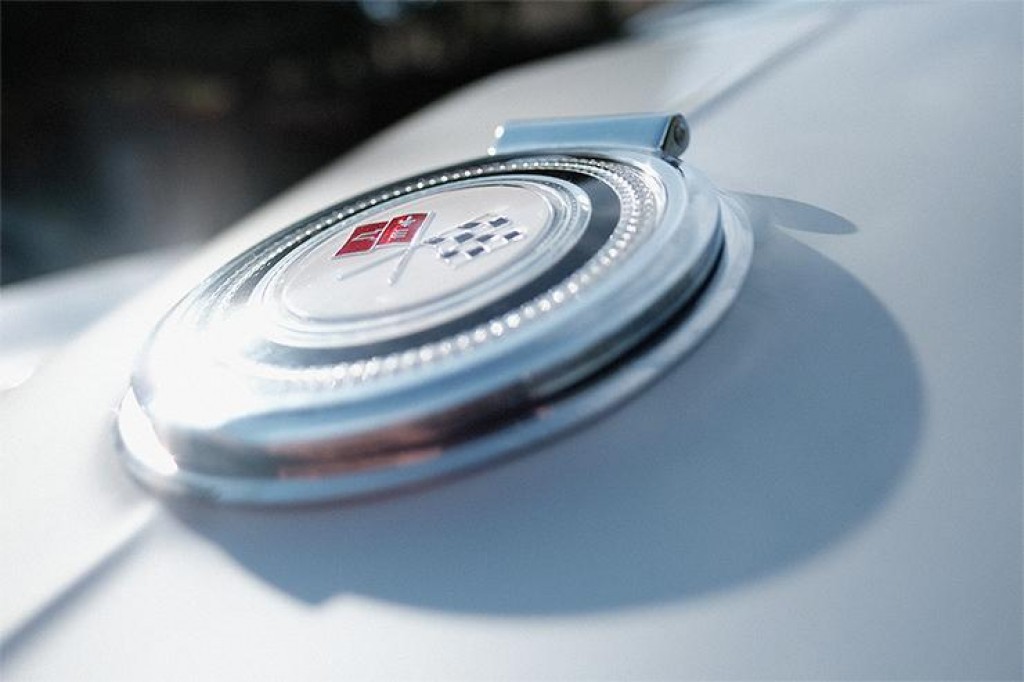
PROS
- Bright, wide design.
- Very sharp.
- Minimal distortion.
- Even illumination from f/2 on.
- Short minimum focus.
- Aperture ring and manual focus clutch.
- Dust and splash resistant.
- Quick, quiet autofocus.
CONS
- Pricey.
- Bulky.
BOTTOM LINE
- If you don’t mind spending the money, the Fujifilm Fujinon XF 16mm F1.4 R WR lens will wow you with its f/1.4 design and wide-angle field of view.
Design
The XF 16mm$899.00 at Amazon is a hefty prime. It measures 2.9 by 2.9 inches (HD), tips the scales at 13.2 ounces, and supports 67mm front filters. The barrel is metal, finished in glossy black, with a bayonet mount at the front to attach the included hood. The hood features a standard petal design, is made of plastic, and is reversible for storage. It’s bigger than a pancake option like the XF 18mm, but balances well with a larger body like the X-Pro2 and X-T2.

Internal seals and a rubber gasket at the lens mount are there to protect the lens from dust and splashes. It’s a good fit for cameras in the X line that are similarly sealed. You also get the manual aperture control ring you expect from the X system. It starts at f/1.4 and can go as narrow as f/16; it’s adjustable in third-stop increments.
There’s also a manual focus ring. It’s bare metal, with a knurled finish. The XF 16mm uses a clutch system to change between autofocus and manual focus. When the ring is pushed forward the lens autofocuses. Pulling it back changes to manual focus.

It mimics the feel of a mechanical lens by limiting the distance the ring can turn. There’s a marked distance scale, shown in feet and meters, so you can shift the focus to a specific point. This is in stark contrast to many other X lenses, which have uncoupled focus rings that can turn infinitely in either direction. It’s still not quite a true mechanical experience—turning the ring activates a focus motor, which is quiet but can be felt as it moves.
Still, it’s a nice touch for a mirrorless lens, and the distance scale allows you to shoot from the hip and know the span to which you’re focused. A corresponding depth of field scale, marked at every f-stop but only practically effective from f/4 onward, is there for fans of zone focus techniques.

The lens itself can lock onto subjects as close as 5.9 inches. It’s not a macro—the maximum magnification is 1:4.8 life-size—but it’s a very solid working distance for a wide-angle lens. When working close and shooting at a wider aperture you’ll be able to seriously blur backgrounds behind your subject.
Image Quality
I tested the XF 16mm with the 24MP X-Pro2. Lab tests show that it’s quite sharp, even at f/1.4. It scores 2,913 lines per picture height in Imatest, a very strong result—notably better than the 1,800 lines we want to see from a lens at the bare minimum. What’s more, edge performance is also quite good. It’s not as sharp as center, but the edges of the frame at f/1.4 show 2,579 lines.

The lens gets mildly sharper as you narrow the aperture. At f/2 it show 3,024 lines, and while there’s a slight dip at f/2.8 (2,968 lines), it’s still solid. We should note that at these two settings the lens loses a bit in terms of edge resolution—it shows 2,317 lines and 2,161 lines at the periphery, respectively.
You’ll want to use a narrower aperture for landscape shots that call for clinical results across the frame. The lens is near its best at f/4 (3,333 lines on average, with 3,000 lines at the edges), and is almost perfectly even in resolution across the frame at its crispest setting, f/5.6, where it records 3,501 lines. That’s an exceptional result for a lens paired with a 24MP image sensor.

At f/8 the resolution starts to drop, due to diffraction, but remains excellent—3,395 lines. We see 3,382 lines at f/11 and 2,748 lines at the minimum f/16 setting. The diaphragm that controls incoming light is a 9-blade design, with rounded edges, so you should expect to get smooth, circular background highlights, even when the lens is stopped down a bit.
There’s very little distortion to note; we see 0.8 percent in our tests, which is negligible in the real world. There’s a little dimness at the corners at f/1.4, where they lag behind the center by about 1.2 stops (-1.2EV). At f/2 the deficit is cut (-0.9EV), which is not a concern for most images, and at narrower settings it’s cut to less than half a stop. If you shoot in Raw format you can remove nominal distortion and brighten the corners using Adobe’s Lightroom lens profile correction.

Conclusions
There’s not much bad to say about the Fujifilm Fujinon XF 16mm F1.4 R WR. It features a bright design, covers a 24mm (equivalent) angle of view, and is protected from dust and splashes. Add in quiet, close autofocus, a pleasing manual focus experience, and the overall quality of images, and you have a lens that lives up to its lofty, near $1,000 asking price, which is the real barrier to entry here. If you can afford it, the XF 16mm will make an excellent addition to your Fujifilm kit. It’s our Editors’ Choice.
Source: pcmag.com









































